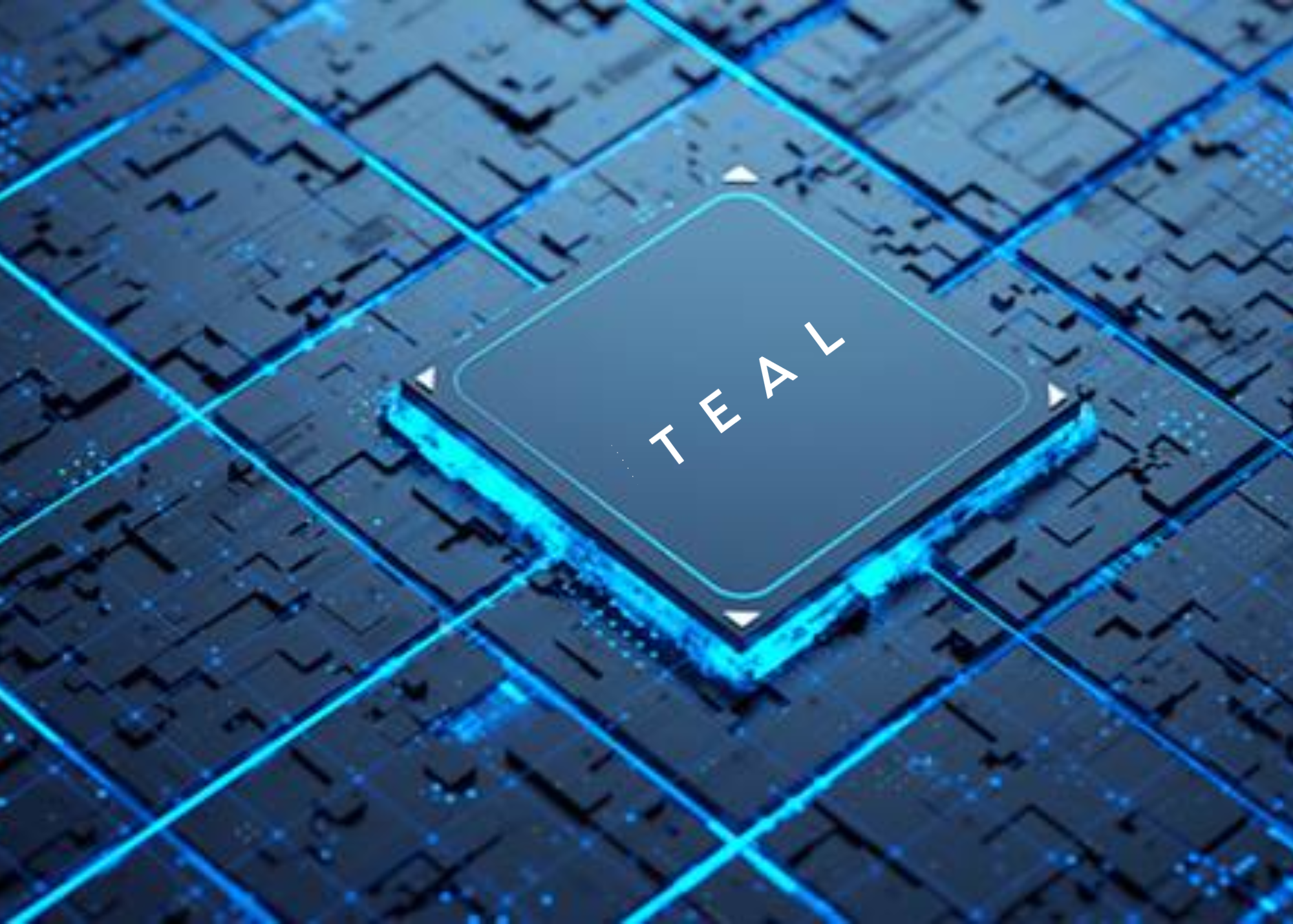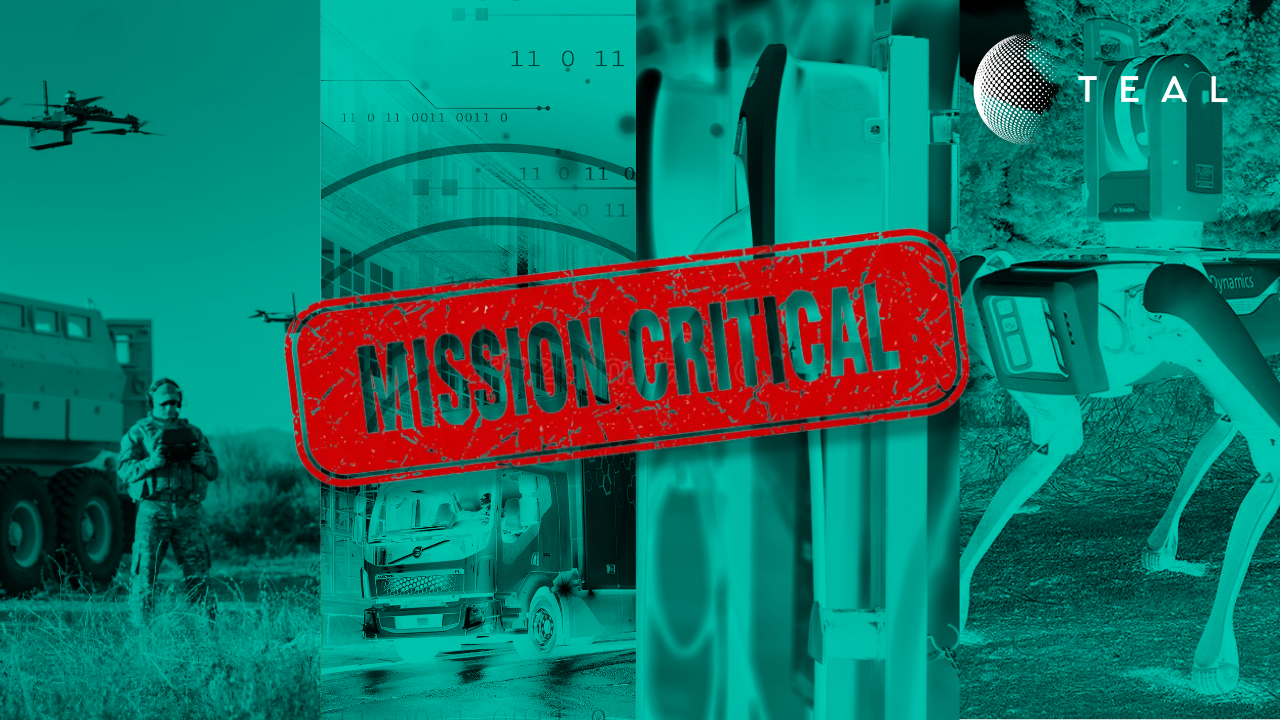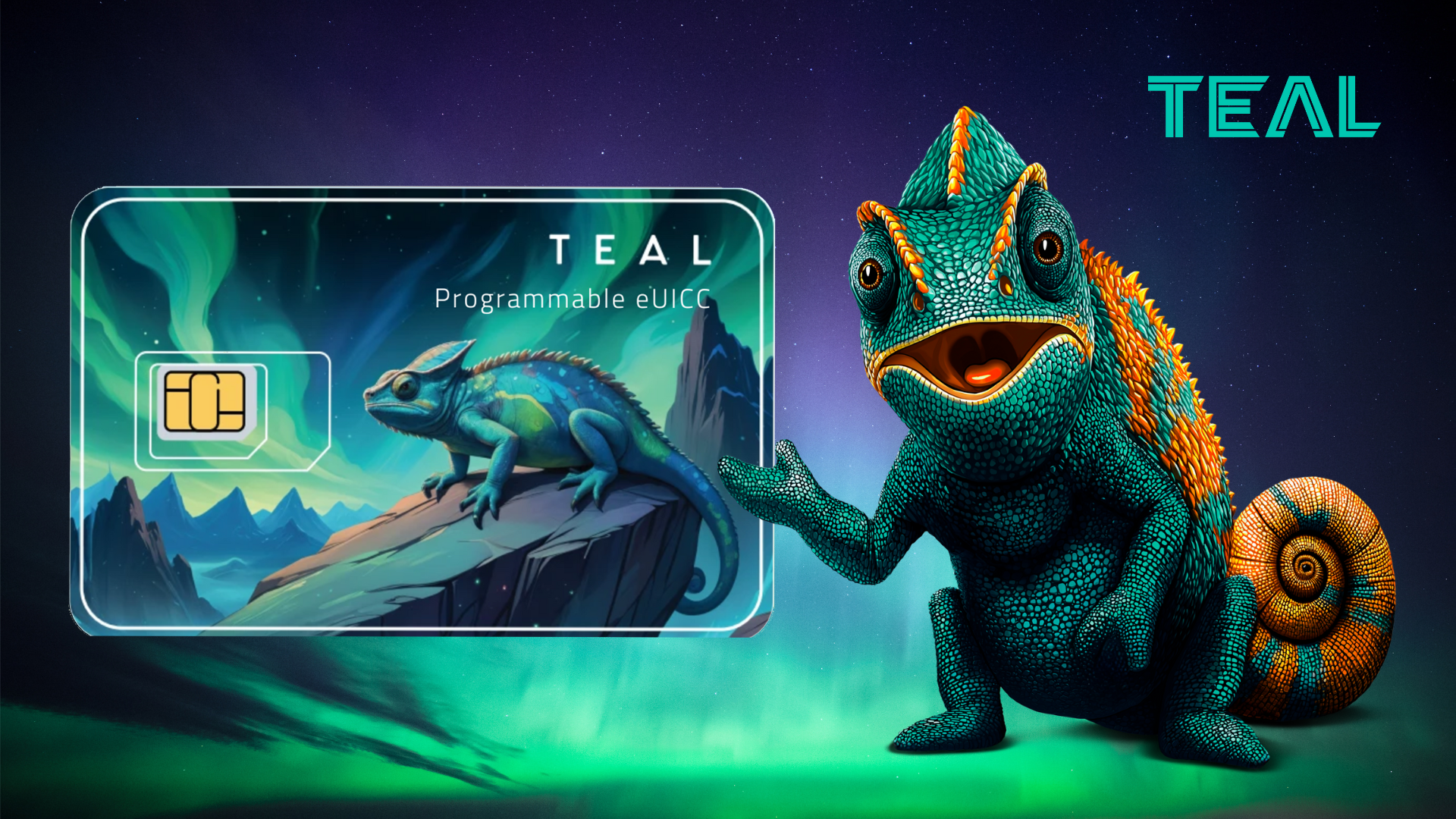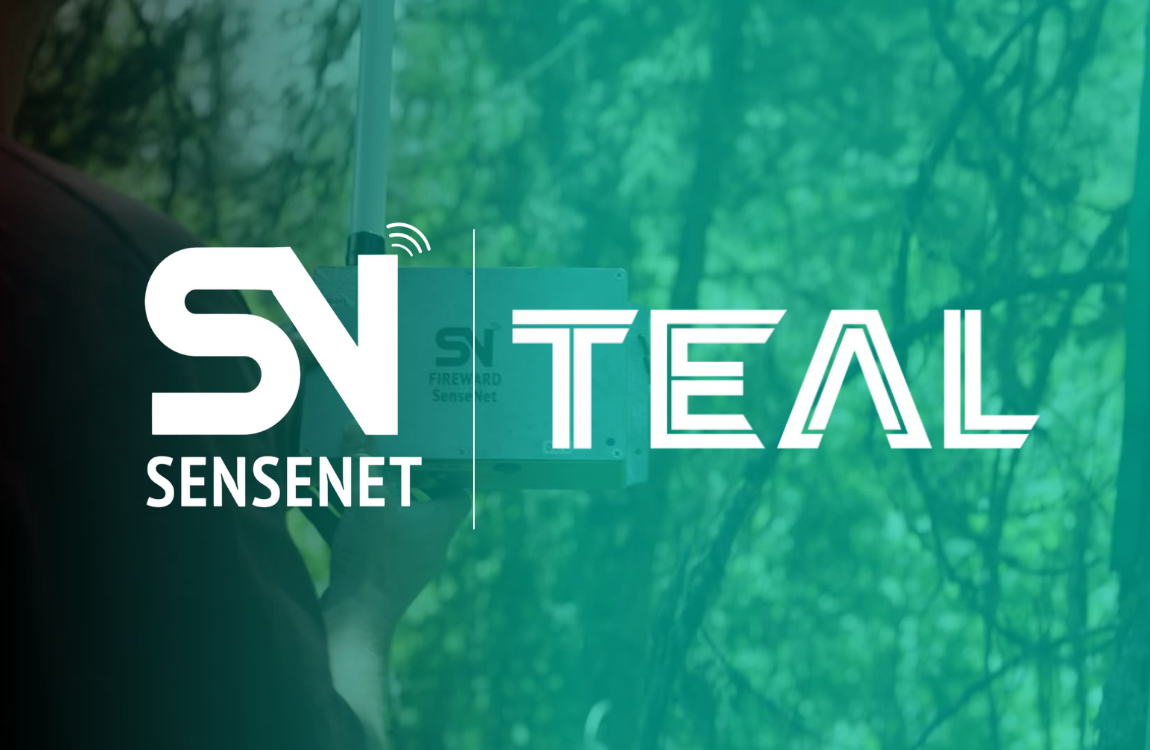What’s Next for Cellular IoT in 2025?

2024 has been a breakthrough year for cellular IoT, and as we turn the page to 2025, the potential for connected technology to shape industries at scale is incredibly promising. With advancements in artificial intelligence (AI), machine learning, and data analytics, cellular IoT is no longer confined to GPS tracking or basic remote control systems. Connected “Things” have become smarter, more autonomous, and capable of collecting and storing larger volumes of data, revolutionizing the way businesses operate.
Let’s explore the key trends that will continue to shape the future of cellular IoT and the opportunities they bring for businesses requiring reliable and consistent connectivity.
Key Trends in Cellular IoT for 2025
1. The Game-Changer in eSIM Technology – SGP.32
The IoT eSIM specification SGP.32 marks the most significant innovation in eSIM technology in the last decade. Originally published by the GSMA in 2023, this standard is set to come to fruition in 2025 accelerating the adoption of eSIMs across IoT devices, addressing challenges like market fragmentation and integration complexity.
What’s New with SGP.32?
- Streamlined Integration: Simplifies collaboration between Mobile Network Operators (MNOs) and Original Equipment Manufacturers (OEMs), cutting development time and costs.
- Optimized for Small IoT Devices: Perfectly suited for constrained IoT environments, with reduced power consumption and smaller physical footprints.
- Simplified SIM Lifecycle Management: Enables seamless activation, deactivation, and management of eSIMs remotely.
SGP.32 incorporates the features of the two existing eSIM specifications (SGP.02 and SGP.22), offering a unified standard for IoT device manufacturers and MNOs. With IoT eSIM standard (SGP.32) the industry gets the best of both existing specifications (SGP.02 & SGP.22) by simplifying the integration among large number of MNOs & OEMs and providing support for constrained (battery, UI, communication protocol) IoT devices.
Benefits of SGP.32
- Cost savings for manufacturers.
- Enhanced device performance with robust security measures.
- Greater scalability and interoperability for IoT operations.
Learn more about SGP.32 here: The IoT eSIM Specification (SGP.32): Simplifying IoT Device Integration and Adoption
For enterprises adopting IoT on a large scale, SGP.32 ensures easier integration of eSIMs, paving the way for an era of unmatched connectivity and streamlined operations. Contact us now to get exclusive access to TEAL new SGP.32 eSIM tech: https://tealcom.io/schedule-meeting
2. Satellite Direct-to-Cellular (D2C) and Direct-to-Device (D2D) Connectivity: From Celestial to Terrestrial
Satellite connectivity isn’t just the future—it’s the now. Major players like SpaceX, Globalstar, and AST SpaceMobile are reshaping the communication landscape with satellite-powered solutions.
What is D2C?
Direct-to-Cellular (D2C) allows standard mobile phones to connect directly to satellites, bypassing traditional cell towers. Think text, calls, and basic data—accessible even in remote or disaster-stricken areas.
What is D2D?
Direct-to-Device (D2D) focuses on connecting IoT devices like asset trackers and sensors directly to satellites, enabling data transmission from the most isolated regions.
Key Players Leading the Charge
- Starlink (SpaceX) with T-Mobile
- Globalstar, backed by Apple
- AST SpaceMobile, in collaboration with AT&T
With 22 million satellite IoT devices expected by 2027, D2C and D2D technologies will bridge connectivity gaps, enabling seamless communication where traditional networks fall short.
Learn more: The Rise of Satellite Direct-to-Cellular (D2C) and Direct-to-Device (D2D) Connectivity
3. Mission Critical Cellular Connectivity for High-Data IoT Use Cases
When it comes to mission-critical operations requiring large amounts of data, cellular is the gold standard.
High-Data Use Case Examples
- Drone Operations beyond visual line of sight (BVLOS)
- Autonomous Robotics from delivery robots to military robots
- Video Surveillance for enhanced security
- Fleet Management for logistics and autonomous robots
Cellular is the trusted choice for its low latency, high throughput, and consistent “always-on” connectivity, all crucial for these demanding applications.
Mission-Critical Benefits
- Superior reliability.
- Greater bandwidth for real-time data processing.
- Robust support for devices operating in complex digital ecosystems.
As data consumption continues to surge, cellular technology will remain the backbone for industries that cannot tolerate connectivity failures.
Find out why eSIM from TEAL is the only choice for Mission Critical IoT solutions that require constant and reliable connectivity to the best cellular networks worldwide: The Rising Need for Mission Critical Connectivity – Cellular IoT Connectivity | True eSIM From TEAL
4. Private Networking Solutions
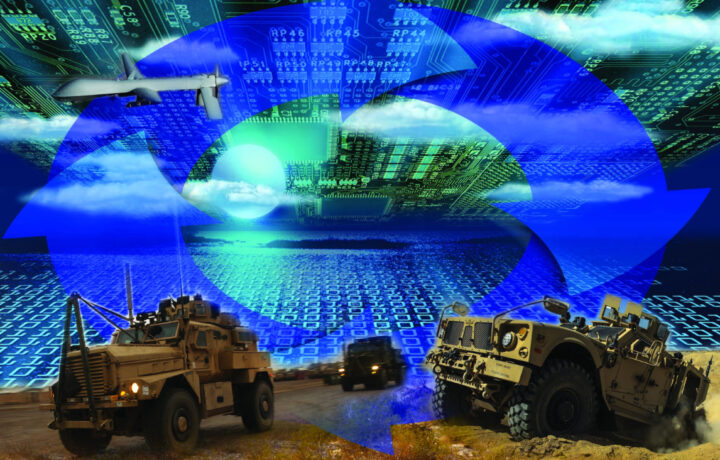
Private (On-Prem) Networking is gaining traction for enterprises requiring secure, high-performance local connectivity.
Why Private Networks?
- Faster access to data without depending on public resources.
- Greater bandwidth compared to traditional Wi-Fi.
- Enhanced security for sensitive operations.
Real-World Applications
Airports, manufacturing plants, and even autonomous delivery robots are leveraging private networks to ensure faster and more secure data sharing within localized environments. Roaming is not ideal for these applications of private networks. Only native connectivity that can be provided via a true eSIM platform like TEAL’s will deliver the advantages in speed and reliability that make them an attractive option for businesses with high data demands.
5. Mobile Edge Compute Services

The edge of computing is moving closer to where real-world action happens. Mobile Edge Compute Services are enabling local CPUs, GPUs, and NPUs to handle heavy computational tasks without relying on distant cloud resources.
Key Benefits
- Significantly reduced latency.
- Enhanced performance for applications requiring real-time analysis.
- Greater efficiency in fog computing environments.
With partnerships between giants like Nvidia and Verizon or AWS and T-Mobile, enterprises are leveraging this capability to move from traditional wireless LAN setups to bi-directional cellular networks.
Mobile Edge Compute Services are particularly advantageous for industries requiring computational power closer to the end-user, such as healthcare, smart cities, and industrial automation.
6. Network Slicing and Programmable Radio Networks
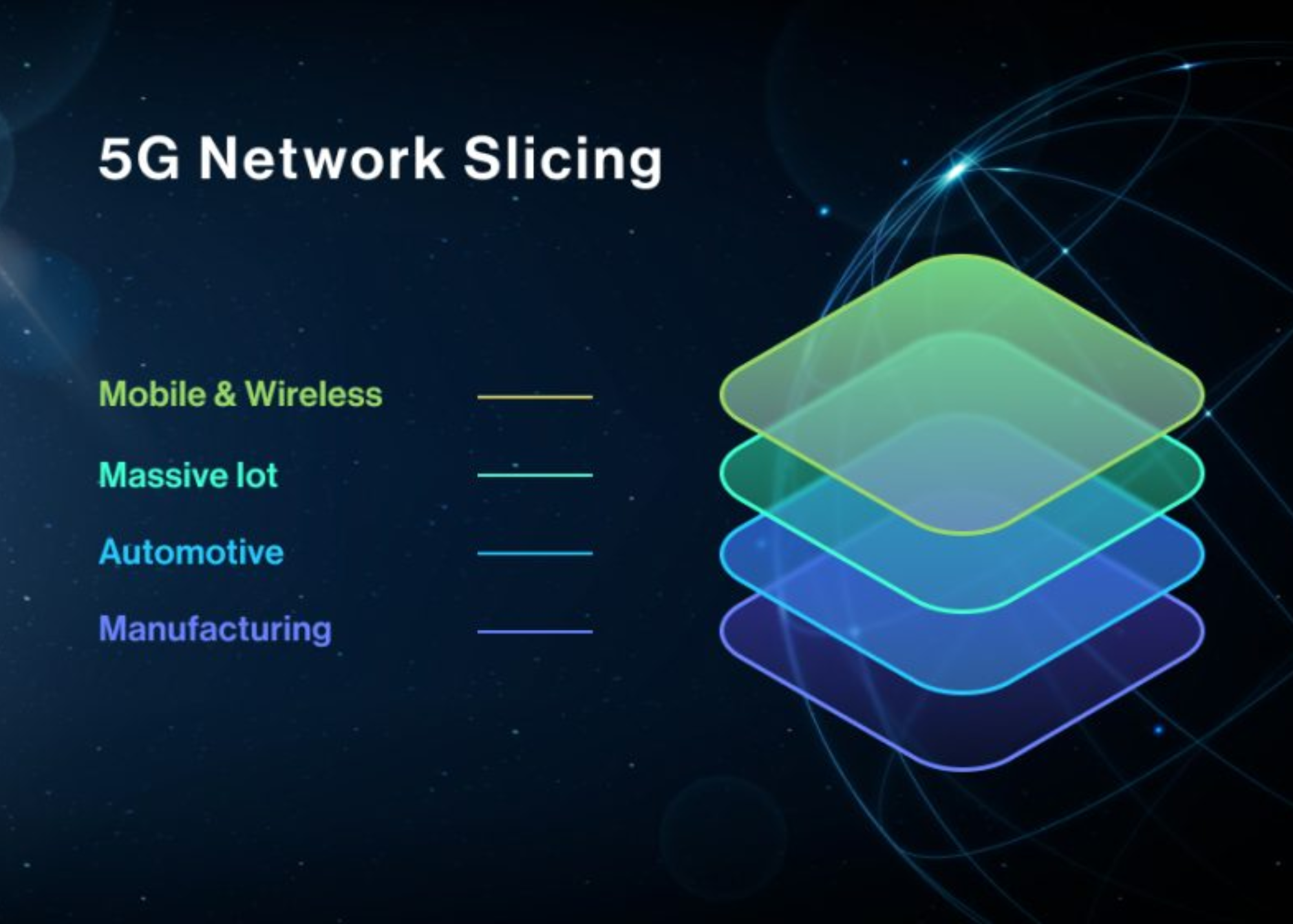
With 5G SA networks finally becoming mainstream, 2025 will see the rise of Network Slicing and increased programmability in radio networks.
What’s Network Slicing?
It allows businesses to customize their connectivity based on specific use cases—creating dedicated “slices” for particular devices or applications.
Use Case Examples
- Drones operating in crowded areas with dense populations.
- Event Venues, like stadiums, with thousands of devices competing for connectivity.
Network slicing enables efficient resource allocation, ensuring critical devices receive uninterrupted connectivity and bandwidth.
For industries that demand performance-specific solutions, network slicing is opening exciting new possibilities in cellular IoT.
7. The Synergy of Artificial Intelligence and the Internet of Things (IoT) – AIoT
(Image generated with AI)
The combination of Artificial intelligence (AI) technologies with the Internet of things (IoT) infrastructure to achieve more efficient IoT operations, improve human-machine interactions and enhance data management and analytics. IoT mainly involves devices or instruments that communicate with each other, collect, and transmit data. With AI, these data can be analyzed with such accuracy and precision that we could not have imagined a few years back. The concept behind AIoT is to guarantee that IoT devices could execute advanced tasks that were considered impossible in the past.the success of AIoT technology heavily relies on robust and reliable connectivity. This is where eSIM technology comes into play.
eSIM technology provides seamless connectivity, enhanced security, cost-effective infrastructure, easy provisioning, and scalability, making it easier to manage IoT devices and improving their usability. eSIM from TEAL is revolutionizing the way AIoT networks are being managed and will continue to play a significant role in keeping AIoT technology connected for many years to come. Learn more about AIoT here. The Synergy of Artificial Intelligence and the Internet of Things (IoT)
Overcoming Connectivity Challenges: Traditional Roaming Solutions Are a Thing of The Past
The rising adoption of cellular IoT brings one undeniable reality—connectivity must be seamless, reliable, and global. Whether it’s a drone, a BVLOS operation, or a video surveillance camera, outages are not an option. Traditional roaming solutions have fallen short in meeting the connectivity needs of modern IoT. That’s where TEAL comes in, and we’re addressing these challenges head-on delivering the following benefits to businesses across the globe:
- Native Core Connectivity to AT&T, Verizon, T-Mobile, and international carriers in 196 countries.
- Flexibility and Control enabling the ability to switch between global networks on-demand via a simple and easy to use dashboard.
- No Vendor Lock-in: Pay-as-you-go pricing.
- SGP.32 eSIM Tech: Supporting the latest GSMA SGP.32 eSIM specification
With more networks operator agreements than any other connectivity platform, TEAL is committed to simplifying IoT connectivity, enabling businesses to meet mission-critical demands without compromise.
2025 and Beyond
Cellular IoT is no longer a futuristic concept—it’s an operational necessity driving businesses forward. From the game-changing influence of SGP.32 to the untapped potential of satellite IoT connectivity, the trends of 2025 reveal a world where no device is left offline.
The future of IoT demands consistent, reliable, and flexible solutions that are always connected to the best cellular networks globally. With innovations in eSIM technology, satellite D2C and D2D, private networking, edge computing, and network slicing, cellular IoT provides the scalability and performance needed to tackle tomorrow’s challenges.
Prepare for 2025 Today
Is your business ready for what’s next in cellular IoT? Choose a solution that puts you in control and adapts to your needs, not the other way around. With TEAL your business can experience the freedom of seamless, mission-critical connectivity through a simple easy to use platform. Find out how we can help you shape the future of IoT.
Click Here: Get Started with TEAL
Recent Posts
Introducing TEAL Chameleon eSIM: The Most Adaptive eSIM Ever Built
Teal Communications Staff2025-12-03T23:14:56+00:00
TEAL Ranked as the Fastest-Growing Company in the Pacific Northwest on the 2025 Deloitte Technology Fast 500™
Teal Communications Staff2025-11-19T04:37:11+00:00
SenseNet Partners With TEAL to Expand AI-Powered Wildfire and Gas Leak Detection Globally
Teal Communications Staff2025-11-12T17:24:11+00:00

